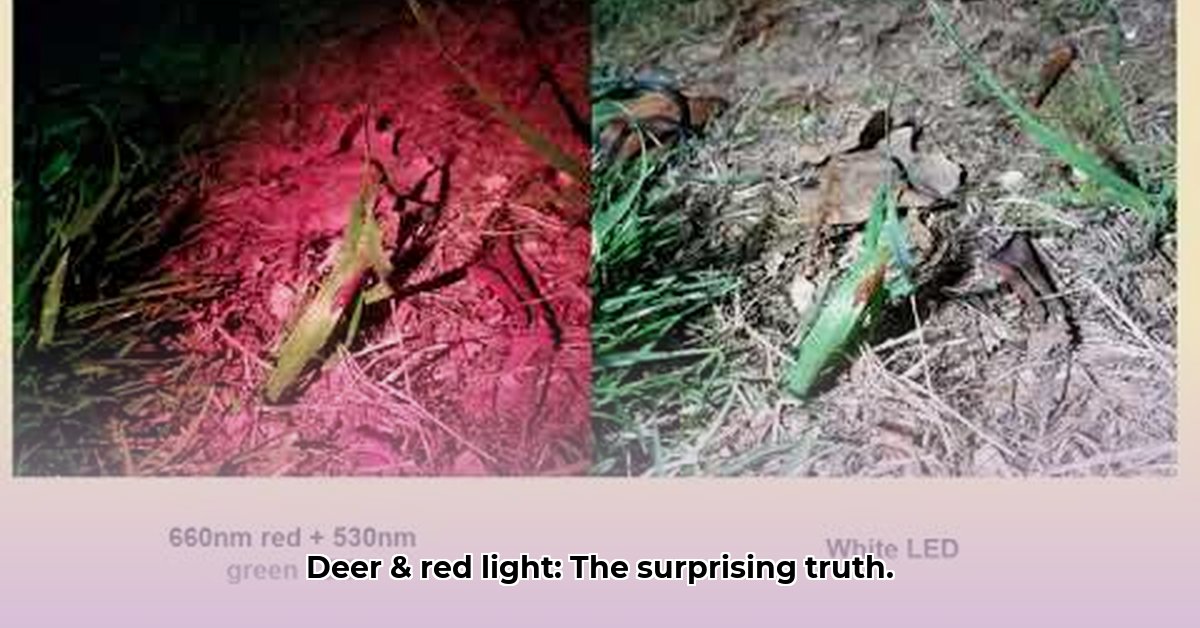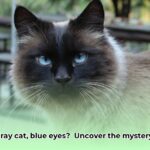Decoding Deer Vision: How They Perceive Light and Color
Deer vision operates distinctly from human vision. Their dichromatic vision, primarily perceiving hues of blue and yellow, interprets red light as a muted gray or brown, significantly reducing its visibility. While deer can indeed detect red light, it lacks the vividness experienced by humans. Their eyes, rich in rod cells for enhanced night vision but with fewer cone cells for color perception, excel in low-light conditions but exhibit limited color differentiation, particularly struggling to distinguish red and green from gray. Thus, while red light remains detectable, its impact is considerably diminished. However, the intensity of the red light remains a critical factor, as a bright red beam can still alert and spook deer. Consequently, red light, while advantageous, isn’t a foolproof hunting strategy. For more on specialized lenses, check out red light glasses.
Selecting the Optimal Red Light for Hunting: A Critical Examination
Choosing the most effective red light for night hunting hinges on several key aspects:
- Wavelength Precision: Prioritize longer wavelengths (650-700 nanometers) for optimal effectiveness.
- Intensity Control: Opt for lights with adjustable brightness settings to fine-tune illumination based on conditions.
- Beam Pattern Focus: A concentrated beam minimizes unintended light spillage, reducing the risk of detection.
- Efficient Light Source: LEDs offer energy efficiency and extended battery life, making them a practical choice.
The ideal intensity of red light involves a delicate balance between adequate visibility for the hunter and minimal disturbance to the deer. Excessive light can easily spook deer, while insufficient illumination hinders the hunter’s ability to navigate and aim. The perfect balance depends on factors like hunting distance, target species, and prevailing local regulations.
A Step-by-Step Approach to Choosing and Using Red Light
- Environmental Assessment: Carefully evaluate ambient light levels, terrain features, and the alertness of deer in the area.
- Intensity Matching: Utilize the lowest effective intensity setting whenever possible to minimize disturbance.
- Strategic Light Placement: Illuminate indirectly, avoiding direct exposure of the deer to the light source.
- Practical Application and Refinement: Practice using the red light in various scenarios to determine the optimal balance between visibility and minimal intrusion.
- Observational Feedback: Continuously observe deer reactions to adjust light usage and minimize disturbance.
Mastering Red Light Techniques Across Diverse Conditions
Ambient light plays a crucial role in determining the visibility of red light. Moonlight and cloud cover significantly influence how deer perceive light sources. Moonlit nights demand increased caution compared to overcast conditions. Even with red light, movement can easily spook deer; remaining still and quiet is paramount. Furthermore, remember:
- Scent Control Mastery: Wind direction and scent masking are essential considerations, as deer possess an exceptional sense of smell.
- Sound Minimization: Reduce noise to the absolute minimum to avoid alerting deer.
- Patience as a Virtue: Avoid rushing shots; patiently wait for the optimal opportunity.
Comparative Analysis of Light Sources
| Light Source | Deer Visibility | Spooking Risk | Recommended Use |
|---|---|---|---|
| High-Intensity Red | Noticeable | High | Avoid entirely |
| Low-Intensity Red | Low | Low | Ideal for night hunting |
| Green Light | Moderate | Moderate | Exercise extreme caution |
| White Light | High | Very High | Avoid under all circumstances |
| Blue Light | High | High | Potential deterrent, but not for hunting |
| Infrared Light | Very Low/None | Very Low | Trail cameras, specialized equipment |
Elevating Night Hunting Success: A Holistic Approach
Successfully hunting deer at night using red light requires a deep understanding of deer vision, meticulous equipment selection, and unwavering adherence to ethical hunting practices. Environmental variables, such as snow-covered landscapes that reflect more light, further influence visibility. Deer habituated to artificial light may exhibit altered responses. Responsible hunting practices are crucial for wildlife conservation; minimizing light pollution and comprehending the surrounding environment are paramount.
Beyond Red Light: Exploring Alternative Light Options for Hunting
While red light remains a popular choice among hunters, exploring other light options can further enhance hunting strategies:
- Green Light: Offers increased visibility for the hunter, although it poses a slightly higher risk of detection by deer compared to red light. Ideal for hog hunting where wider illumination is necessary.
- Infrared (IR) Light: Invisible to the naked eye, IR light is primarily employed in trail cameras and specialized night vision equipment. It minimizes disturbance to deer, allowing for unobtrusive observation and documentation.
- Filters and Dimmers: Utilizing filters and dimmer switches on existing lights provides greater control over light output and minimizes the likelihood of spooking deer.
Key Takeaways for Enhanced Night Hunting Success
- Deer perceive red light as a dim gray, significantly different from human vision.
- Light intensity is paramount; brighter isn’t always better.
- Movement is a primary factor in alerting deer.
- Ambient light conditions influence the visibility of red light.
- Ethical hunting practices are essential for responsible wildlife management.
- Consider alternative light sources like green or infrared to suit specific hunting needs.
- Adapt light usage to the prevailing environmental conditions and target species behavior.
- Unveiling Ancient Roman Mythical Creatures: Legends, Powers & Origins Defined for Today’s Enthusiast - August 14, 2025
- Unlock Ancient Secrets: Ancient Roman Attire Women, Status, & Materials [Guide] - August 14, 2025
- Unveiling ancient roman gladiator helmets design secrets that decided victory or death - August 14, 2025
















